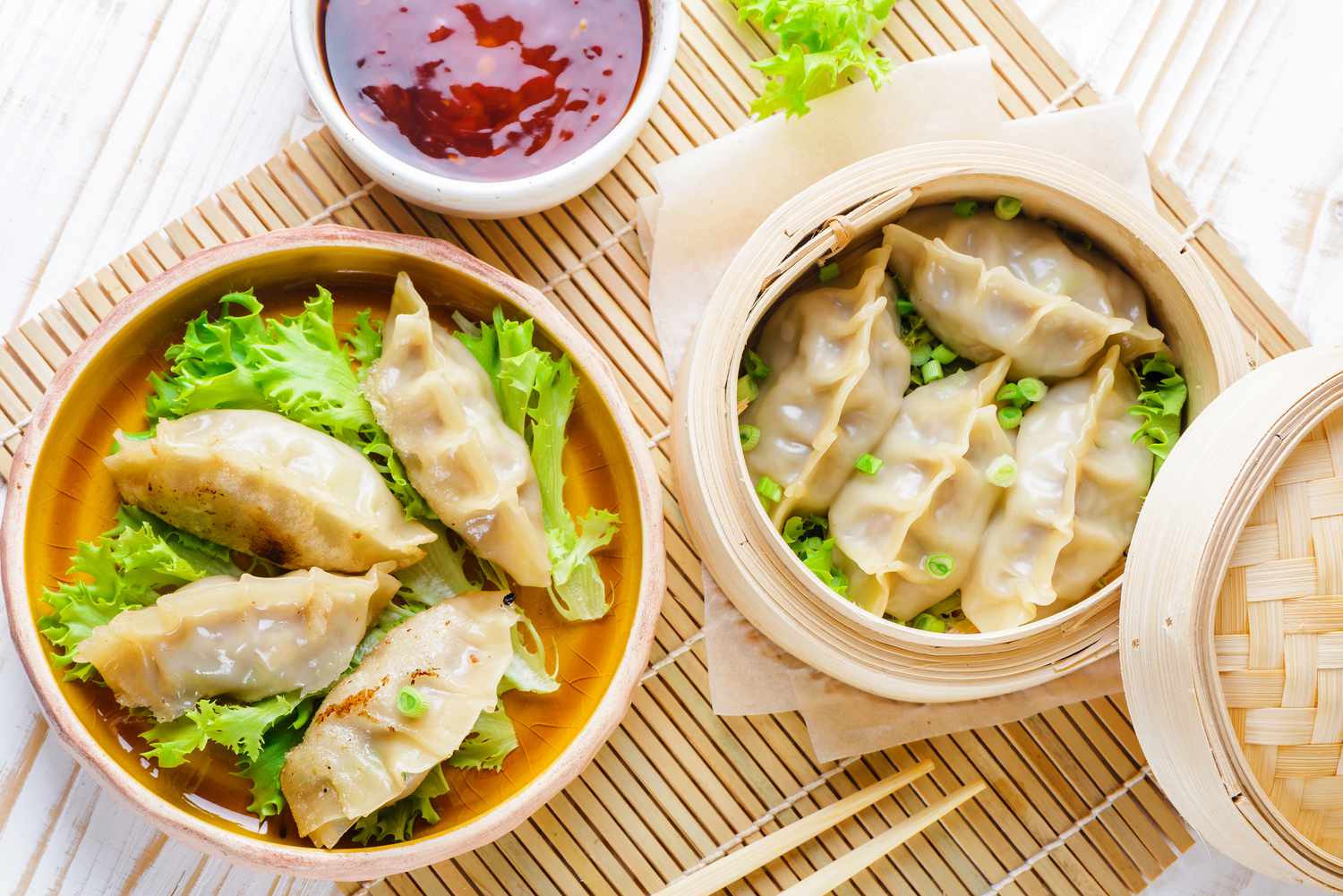

Articles
How Do You Use A Bamboo Steamer
Modified: August 27, 2024
Learn how to properly use a bamboo steamer in this informative article. Discover the benefits of steaming and get expert tips for delicious results.
(Many of the links in this article redirect to a specific reviewed product. Your purchase of these products through affiliate links helps to generate commission for Storables.com, at no extra cost. Learn more)
Introduction
Bamboo steamers are a traditional method of cooking that has been used in Asian cuisines for centuries. These steamers, made entirely of bamboo, are popular for their ability to preserve the natural flavors and textures of food while retaining essential nutrients. If you want to explore healthier and more flavorful culinary options, using a bamboo steamer is a great choice.
In this article, we will delve into the world of bamboo steamers and discover the many benefits they offer. We will also provide tips and tricks on choosing the right steamer, using it effectively, and maintaining its longevity. So, if you’re ready to elevate your cooking skills and enjoy delicious meals, let’s dive in!
Key Takeaways:
- Bamboo steamers offer a healthier, eco-friendly, and versatile cooking method that preserves nutrients and enhances flavors. They are easy to use, maintain, and can be used for a wide variety of dishes, making them a valuable addition to any kitchen.
- Choosing the right bamboo steamer and following proper usage, cleaning, and maintenance techniques are essential for maximizing its benefits and longevity. With the right steamer and know-how, you can elevate your cooking skills and enjoy delicious, nutrient-rich meals.
Read more: What Can You Cook In A Bamboo Steamer
What is a Bamboo Steamer?
A bamboo steamer is a cooking vessel traditionally used in East Asian cuisines, particularly in Chinese, Vietnamese, and Thai cooking. It consists of a set of stacked bamboo baskets with a lid and is designed to be used on top of a pot or wok filled with boiling water.
The construction of a bamboo steamer is simple yet effective. The baskets are made from interwoven bamboo strips, allowing steam to circulate freely and evenly throughout the food. The lid helps to trap steam and prevent it from escaping, ensuring that the food is properly cooked.
One of the key advantages of using a bamboo steamer is its ability to cook food gently and evenly. The steam circulates around the food, cooking it quickly and preserving its natural flavors, colors, and textures. It also allows for the retention of valuable nutrients that may be lost through other cooking methods.
Bamboo steamers are versatile and can be used to cook a wide range of foods, from vegetables and fish to dumplings and sticky rice. They are particularly well-suited for steaming delicate ingredients that require gentle cooking, such as seafood and tofu.
Moreover, bamboo steamers are environmentally friendly alternatives to metal or plastic steamers. Bamboo is a renewable resource that grows quickly, making it a sustainable choice for cooking utensils. Additionally, bamboo steamers are lightweight, easy to use, and require minimal maintenance.
Now that you have a better understanding of what a bamboo steamer is, let’s explore the many benefits it has to offer in the next section.
Benefits of Using a Bamboo Steamer
Using a bamboo steamer in your cooking has numerous benefits that can enhance your culinary experience. Here are some of the key advantages:
- Preservation of Nutrients: Steaming food in a bamboo steamer helps retain essential nutrients that might be lost through other cooking methods like boiling or frying. The gentle steam cooking process helps to preserve the natural flavors, colors, and textures of the ingredients while keeping them nutrient-rich.
- Enhancement of Flavor: Unlike boiling or frying, which can dilute or alter the natural taste of food, steaming in a bamboo steamer allows the ingredients to maintain their original flavors. The steam infuses the food, resulting in dishes that are moist, tender, and full of flavor.
- Healthier Cooking Option: Steaming is considered one of the healthiest cooking methods as it requires little to no oil. By using a bamboo steamer, you can prepare delicious meals with minimal added fat, making it a great option for those looking to reduce their calorie intake or follow a healthy diet.
- Even Cooking: Bamboo steamers distribute heat evenly, ensuring that each layer of food cooks at the same rate. This even cooking prevents overcooking or undercooking and results in perfectly cooked meals every time.
- Versatility: Bamboo steamers are versatile cookware that can be used to prepare a wide variety of dishes. From steamed vegetables and seafood to dumplings and buns, the possibilities are endless. You can even use a bamboo steamer to reheat leftovers without sacrificing taste or texture.
- Eco-Friendly and Sustainable: Bamboo steamers are a sustainable choice as they are made from natural bamboo, a fast-growing and renewable resource. Unlike metal or plastic steamers, bamboo steamers have a minimal environmental impact and are biodegradable.
- Easy to Use and Clean: Bamboo steamers are user-friendly and require minimal effort to operate. Simply place the steamer over boiling water, add the food to the baskets, cover with the lid, and let the steam work its magic. Cleaning is also a breeze, as bamboo steamers can be rinsed with warm water and mild soap, then air-dried.
By incorporating a bamboo steamer into your kitchen, you can enjoy the many benefits it offers and elevate your cooking to new heights. In the next section, we will explore how to choose the right bamboo steamer for your needs.
How to Choose the Right Bamboo Steamer
When it comes to choosing a bamboo steamer, there are a few factors to consider to ensure you get the right one for your cooking needs. Here are some key points to keep in mind:
- Size: Bamboo steamers come in various sizes, typically measured in inches or centimeters. Consider the amount of food you usually cook and the size of your pots or woks. If you cook for a larger family or group, a larger steamer with multiple layers may be more suitable.
- Material and Construction: Look for a bamboo steamer that is made from high-quality bamboo. The bamboo strips should be tightly and evenly woven to ensure proper steaming. Avoid steamers with splintered or loosely woven baskets, as they may affect the cooking process.
- Lid Design: The lid is an essential part of the bamboo steamer as it helps trap steam during the cooking process. Look for a steamer with a well-fitting lid that sits securely on top of the baskets. A tight-fitting lid ensures efficient steaming and prevents excess moisture from escaping.
- Handles: Check if the bamboo steamer has handles on the sides or on top of the lid. Handles make it easier to lift and maneuver the steamer safely without the risk of burning yourself. Steamer baskets with handles are particularly convenient when transferring food to serving dishes.
- Quality and Durability: Consider the overall quality and durability of the bamboo steamer. Choose one that is sturdy and well-made, as it will withstand repeated use over time. Inspect the bamboo for any cracks, splits, or mold signs, as these can affect the steamer’s performance and lifespan.
- Price: Bamboo steamers are generally affordable, but the price can vary depending on the size, brand, and quality. Set a budget and choose a steamer that offers good value for money without compromising on quality.
Before making a purchase, it can be helpful to read reviews from other customers to get an idea of the steamer’s performance and reliability. Additionally, if you have the opportunity, try to physically inspect the steamer to ensure it meets your expectations.
Now that you know how to choose the right bamboo steamer, let’s move on to the next section where we will provide a step-by-step guide on how to use it.
Step-by-Step Guide on Using a Bamboo Steamer
Using a bamboo steamer is relatively easy and straightforward. Follow these step-by-step instructions to make the most out of your bamboo steamer:
- Step 1: Prep the Steamer: Before using your bamboo steamer for the first time, rinse it with warm water to remove any dust or debris. This will also help to soften the bamboo, making it more pliable. If desired, you can line the baskets with parchment paper or cabbage leaves to prevent sticking.
- Step 2: Prepare the Food: Prepare the food you intend to steam. This can include vegetables, seafood, meat, or even dumplings. Remember to cut ingredients into evenly sized pieces to ensure uniform cooking.
- Step 3: Boil Water: Fill a pot or wok with an inch or two of water and bring it to a rolling boil. Make sure the water level is below the bottom layer of the bamboo steamer to avoid direct contact with the food.
- Step 4: Arrange the Food: Place the food in a single layer on the bamboo steamer baskets. Arrange the ingredients so that steam can circulate freely around each piece. Avoid overcrowding the baskets to ensure proper cooking.
- Step 5: Stack the Baskets: Once the food is arranged, stack the baskets on top of each other, starting with the larger one at the bottom. If you have multiple layers, align them carefully to ensure stability.
- Step 6: Cover and Steam: Place the lid securely on top of the steamer to trap the steam. Make sure there are no gaps or openings for steam to escape. Steam the food according to the recommended cooking time, which will vary depending on the ingredients.
- Step 7: Check for Doneness: Check the food periodically to ensure it is cooked to your desired level of doneness. Use tongs or a spatula to take a sample piece and test for tenderness or doneness. If needed, continue steaming for a few more minutes.
- Step 8: Serve and Enjoy: Once the food is cooked, carefully remove the bamboo steamer from the pot using oven mitts or kitchen towels. Serve the steamed food directly from the baskets or transfer it to plates or serving dishes. Enjoy your delicious and healthy steamed meal!
Now that you know how to use a bamboo steamer, let’s move on to the next section where we will provide some tips and tricks to help you get the most out of your bamboo steaming experience.
When using a bamboo steamer, make sure to line the bottom with lettuce or cabbage leaves to prevent food from sticking to the bamboo. This also adds a subtle flavor to the food as it steams.
Read more: How To Steam In A Bamboo Steamer
Tips and Tricks for Using a Bamboo Steamer
Using a bamboo steamer can take your cooking to new heights. Here are some useful tips and tricks to help you make the most out of your bamboo steaming experience:
- Prevent Sticking: To prevent food from sticking to the bamboo steamer, you can line the baskets with parchment paper, cabbage leaves, or bamboo steamer liners. This will ensure easy removal of food and make cleanup a breeze.
- Layering Flavors: Take advantage of the multiple layers in a bamboo steamer by layering flavors. For example, you can place aromatic herbs or citrus slices in the bottom layer and stack the food on top. As the food steams, it will absorb the subtle flavors, enhancing the overall taste.
- Timing is Key: Different ingredients require different cooking times. When using a bamboo steamer, it’s essential to time your steaming process correctly. Start with ingredients that require the longest cooking time at the bottom and layer those that cook quickly on top.
- Seasoning and Marinating: For added flavor, consider marinating or seasoning your ingredients before steaming. This will infuse the food with delicious flavors that will be released during the steaming process.
- Check Water Levels: Keep an eye on the water level in the pot or wok while steaming. Make sure it doesn’t completely evaporate, as this can lead to scorching or burning. If needed, add more boiling water to maintain the steam throughout the cooking process.
- Let Food Rest: Once the food is cooked, allow it to rest in the steamer for a few minutes before serving. This will help the flavors to settle and allow any excess moisture to be absorbed, preventing your dish from being overly soggy.
- Reheating Food: Need to reheat leftovers? Place them in the bamboo steamer and steam until thoroughly heated. This method will help retain moisture and prevent the food from becoming dry or tough.
- Cleaning and Maintenance: After each use, rinse the bamboo steamer with warm water and mild soap. Avoid using abrasive cleaners or scrub brushes that can damage the bamboo. Let the steamer air-dry thoroughly before storing it to prevent mold growth.
By following these tips and tricks, you can elevate your bamboo steaming skills and create delicious and flavorful meals. In the next section, we will discuss how to clean and maintain your bamboo steamer to ensure its longevity.
Cleaning and Maintenance of a Bamboo Steamer
Proper cleaning and maintenance of your bamboo steamer will help ensure its longevity and keep it in optimal condition for years to come. Here are some tips to help you clean and maintain your bamboo steamer:
- Rinse with Warm Water: After each use, rinse the bamboo steamer with warm water to remove any food residue. Avoid using harsh detergents or abrasive cleaning tools, as they can damage the natural bamboo fibers.
- Mild Soap if Necessary: If you need a little extra cleaning power, use a mild dish soap and a soft sponge or cloth to gently scrub the steamer. Be sure to rinse thoroughly to remove any soap residue.
- Air-Dry Completely: After cleaning, allow the bamboo steamer to air-dry completely before storing it. Placing it in a well-ventilated area will help prevent the buildup of moisture, which can lead to mold or mildew growth.
- Avoid Soaking: Do not soak the bamboo steamer in water or leave it submerged for extended periods of time. Excessive exposure to water can cause the bamboo to warp or crack, compromising its structural integrity.
- Oil the Bamboo: Occasionally, you can apply a thin layer of food-grade oil, such as coconut oil or mineral oil, to the bamboo steamer to prevent it from drying out. This helps to maintain the flexibility and prevent the bamboo from becoming brittle.
- Store Properly: Store the bamboo steamer in a cool, dry place when not in use. Ensure it is completely dry to prevent any moisture from becoming trapped and causing mold growth.
- Inspect for Damage: Regularly inspect the bamboo steamer for any signs of damage, such as cracks, splits, or mold growth. If you notice any issues, it may be time to replace the steamer to ensure safe and effective cooking.
- Rotate Baskets: To prevent uneven wear and tear, periodically rotate the baskets of your bamboo steamer. This will help distribute the usage and extend the lifespan of the bamboo steamer.
By following these cleaning and maintenance tips, your bamboo steamer will stay in excellent condition and continue to provide you with delicious steamed meals for years to come.
Now that we have covered cleaning and maintenance, let’s address some frequently asked questions about bamboo steamers in the next section.
Frequently Asked Questions (FAQs)
1. Can I use a bamboo steamer on an electric stove?
Yes, bamboo steamers can be used on electric stoves. Ensure that the steamers are placed on a pot or pan with boiling water and allow sufficient space for steam to circulate.
2. How long does it take to steam food in a bamboo steamer?
The exact steaming time will depend on the ingredients and their thickness. Generally, it takes around 5-20 minutes to steam vegetables, 10-15 minutes for seafood, and 15-25 minutes for meat or poultry.
3. Can I stack multiple bamboo steamers?
Yes, bamboo steamers are designed to be stackable. You can add additional tiers to accommodate more food. Just ensure the steamer remains stable and that there is enough space for the steam to circulate.
4. Can I use a bamboo steamer in the microwave?
No, bamboo steamers should not be used in the microwave as the intensity of the microwave heat can damage the bamboo and cause it to splinter or warp. Stick to using bamboo steamers on stovetops.
5. Can I use a bamboo steamer for non-Asian cuisines?
Absolutely! While bamboo steamers are commonly associated with Asian cuisines, they can be used for various types of dishes. You can experiment with different ingredients and flavors to create steamed dishes from various culinary traditions.
6. Is it safe to use a bamboo steamer?
Yes, bamboo steamers are safe to use as long as proper precautions are taken. Always handle them with oven mitts or kitchen towels to avoid burns. Ensure that the steam vent is not facing you when opening the lid to prevent steam burns.
7. Can I use a bamboo steamer on a gas stove?
Yes, bamboo steamers can be used on a gas stove. Simply place them on top of a pot or wok filled with boiling water, ensuring that the steam vents are not blocked.
Remember to always refer to the manufacturer’s instructions and guidelines specific to your bamboo steamer for the best results and safety precautions.
Now that we have addressed some common questions, it’s time to wrap up our discussion on bamboo steamers in the next section.
Conclusion
Bamboo steamers are a fantastic addition to any kitchen, offering a traditional and healthy cooking method that preserves the flavors, textures, and nutrients of your food. By using a bamboo steamer, you can create delicious, flavorful, and nutritious meals with ease.
In this article, we explored what bamboo steamers are and discussed their numerous benefits. We learned that bamboo steamers are versatile, eco-friendly, and provide even cooking. They are a healthier alternative to other cooking methods and can be used for various types of dishes.
We also provided valuable insights on how to choose the right bamboo steamer, including considerations such as size, material, lid design, handles, quality, durability, and price. A well-chosen bamboo steamer will enhance your cooking experience and produce excellent results.
Furthermore, we provided a step-by-step guide on how to use a bamboo steamer, along with tips and tricks to help you make the most out of this cooking utensil. From preventing sticking to layering flavors and maintaining proper water levels, these tips will ensure successful and delicious outcomes.
Lastly, we discussed the importance of cleaning and maintenance to prolong the lifespan of your bamboo steamer. By following simple cleaning practices and inspecting for damage, you can enjoy your bamboo steamer for years to come.
Whether you’re a seasoned cook or just starting your culinary journey, investing in a bamboo steamer will open up a world of delicious possibilities. So, why not give it a try and discover the joys of healthy and flavorful steamed meals?
Remember to experiment with different ingredients, flavors, and cooking times to truly make the most of your bamboo steamer. Embrace the versatility and simplicity it offers, and enjoy the incredible flavors and textures that this ancient cooking method provides.
So why wait? Get yourself a bamboo steamer today and embark on a culinary adventure that will not only delight your taste buds but also promote a healthier way of cooking.
Frequently Asked Questions about How Do You Use A Bamboo Steamer
Was this page helpful?
At Storables.com, we guarantee accurate and reliable information. Our content, validated by Expert Board Contributors, is crafted following stringent Editorial Policies. We're committed to providing you with well-researched, expert-backed insights for all your informational needs.

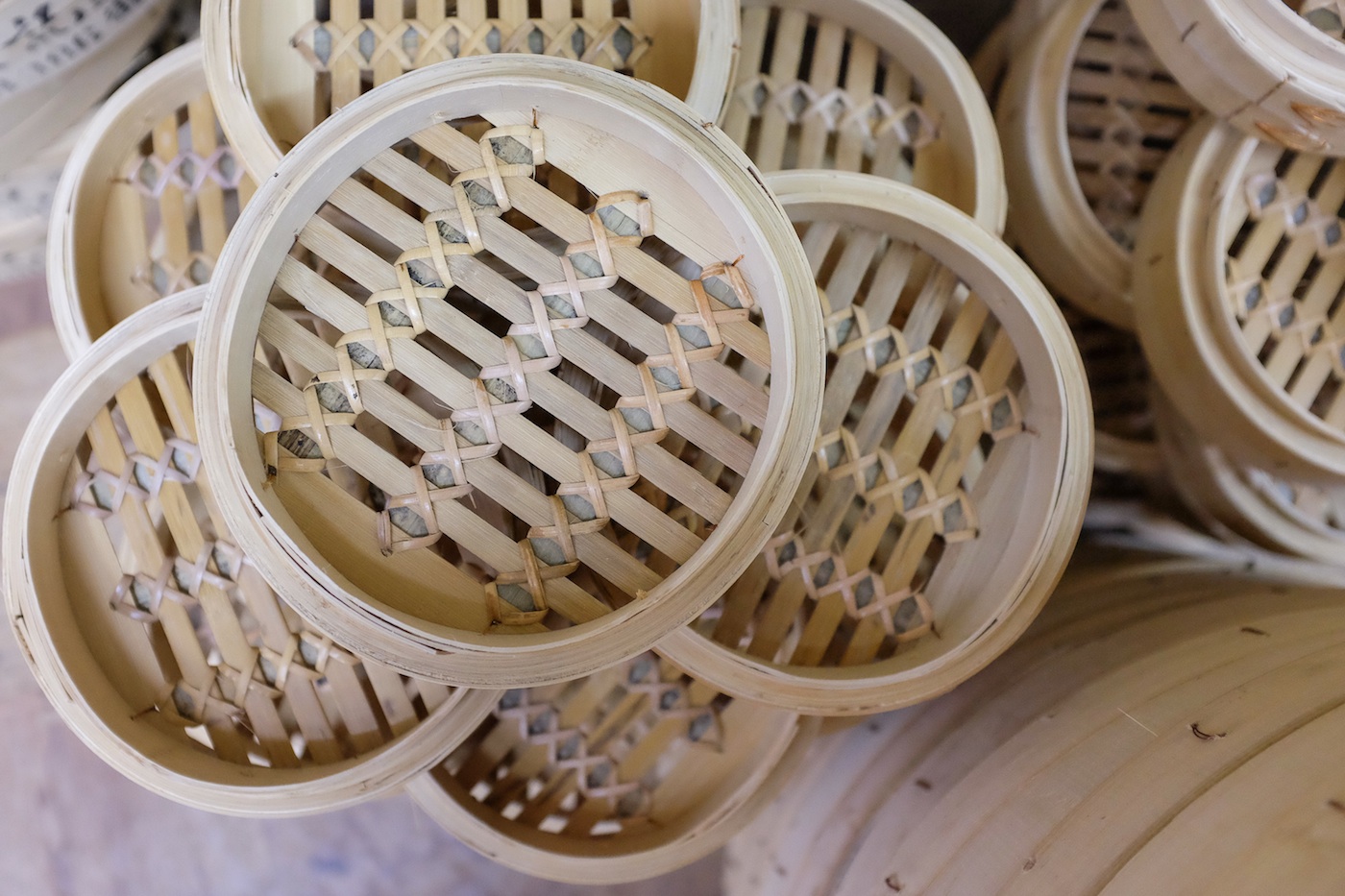
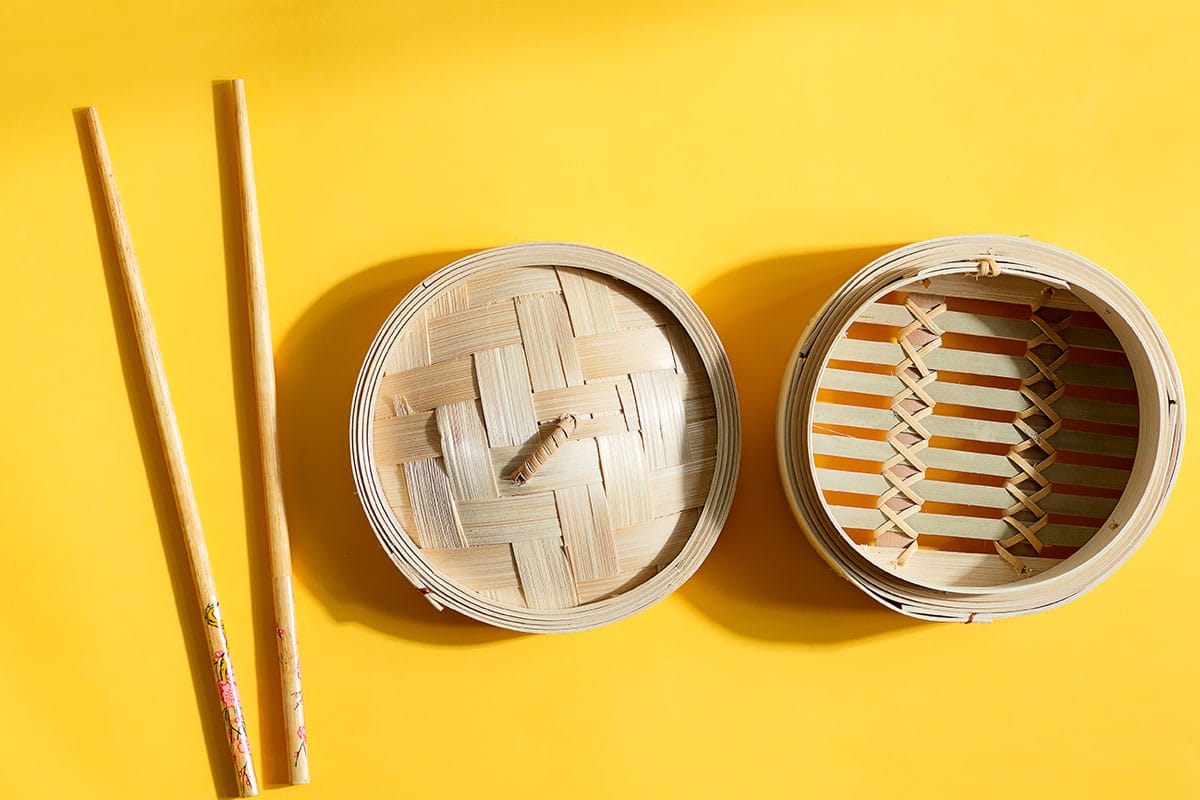
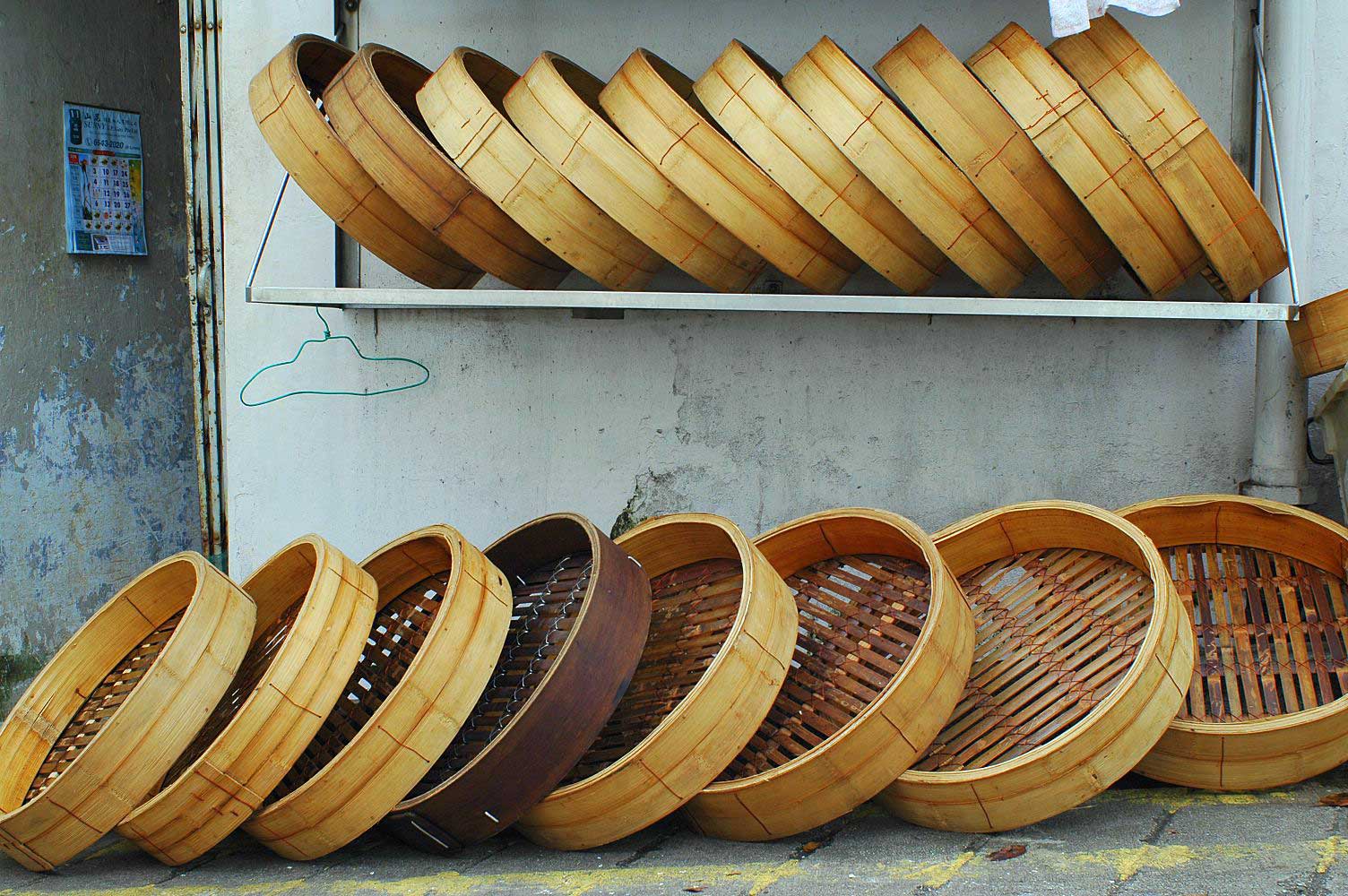
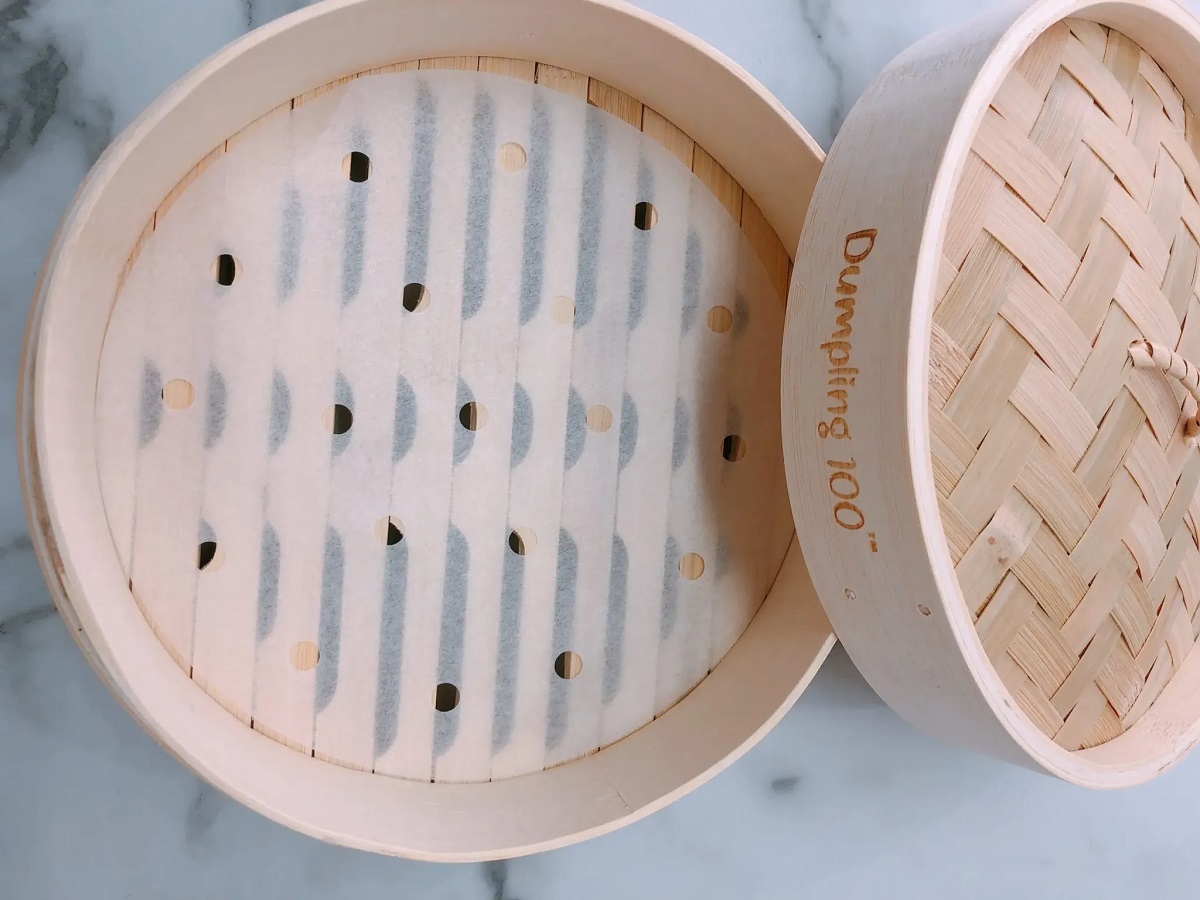

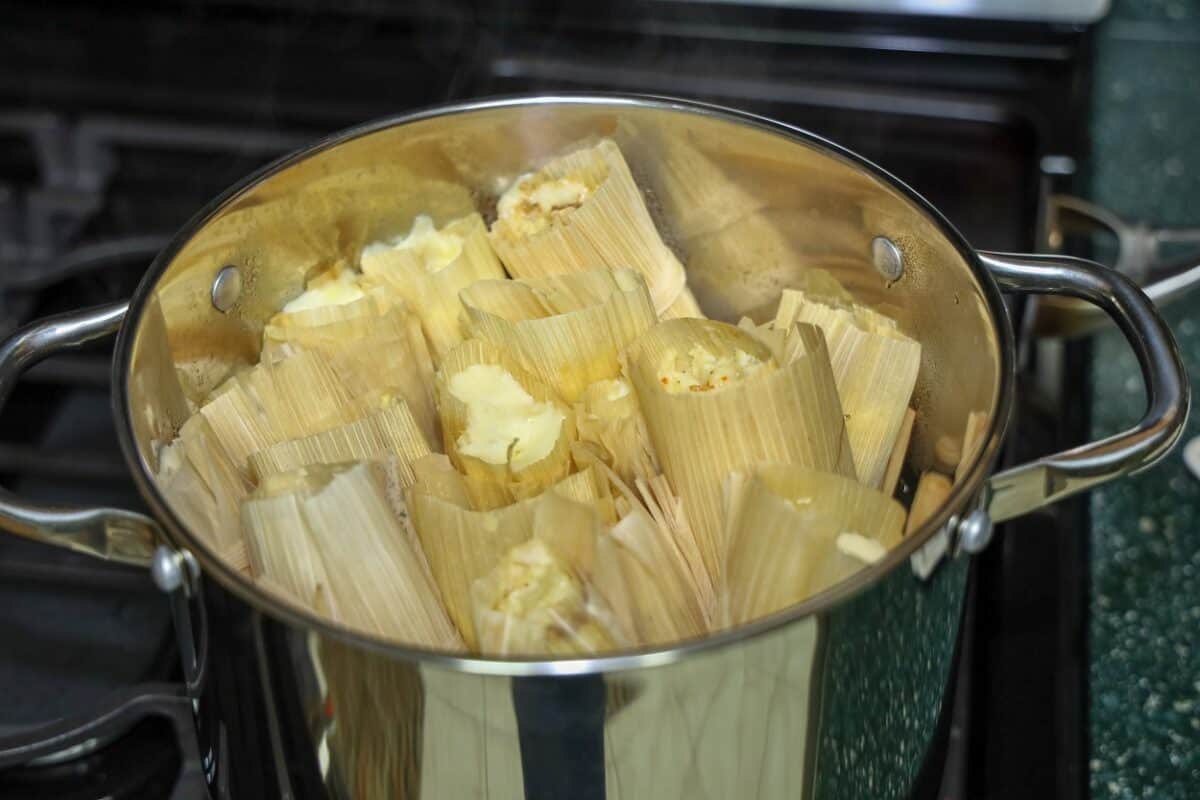
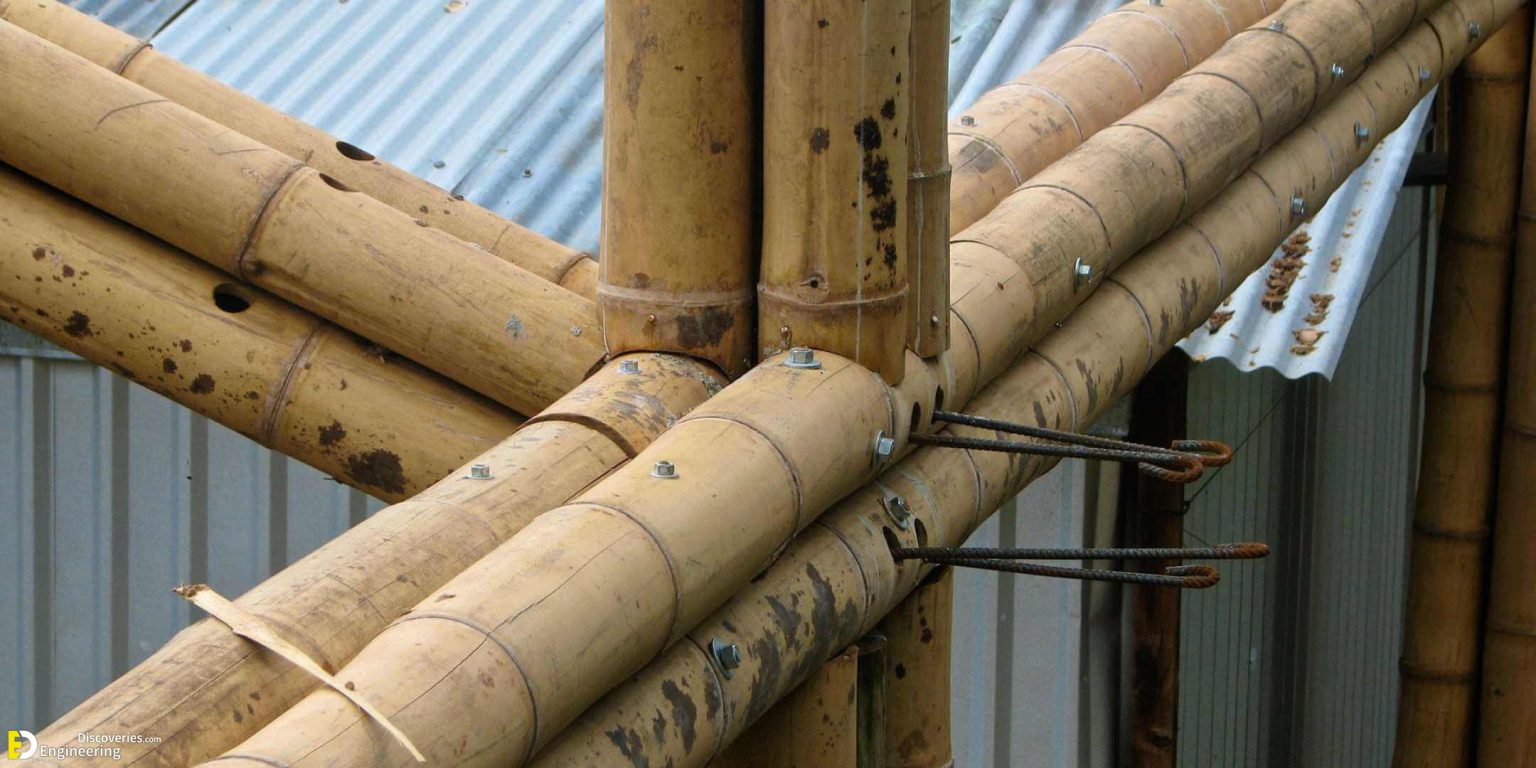
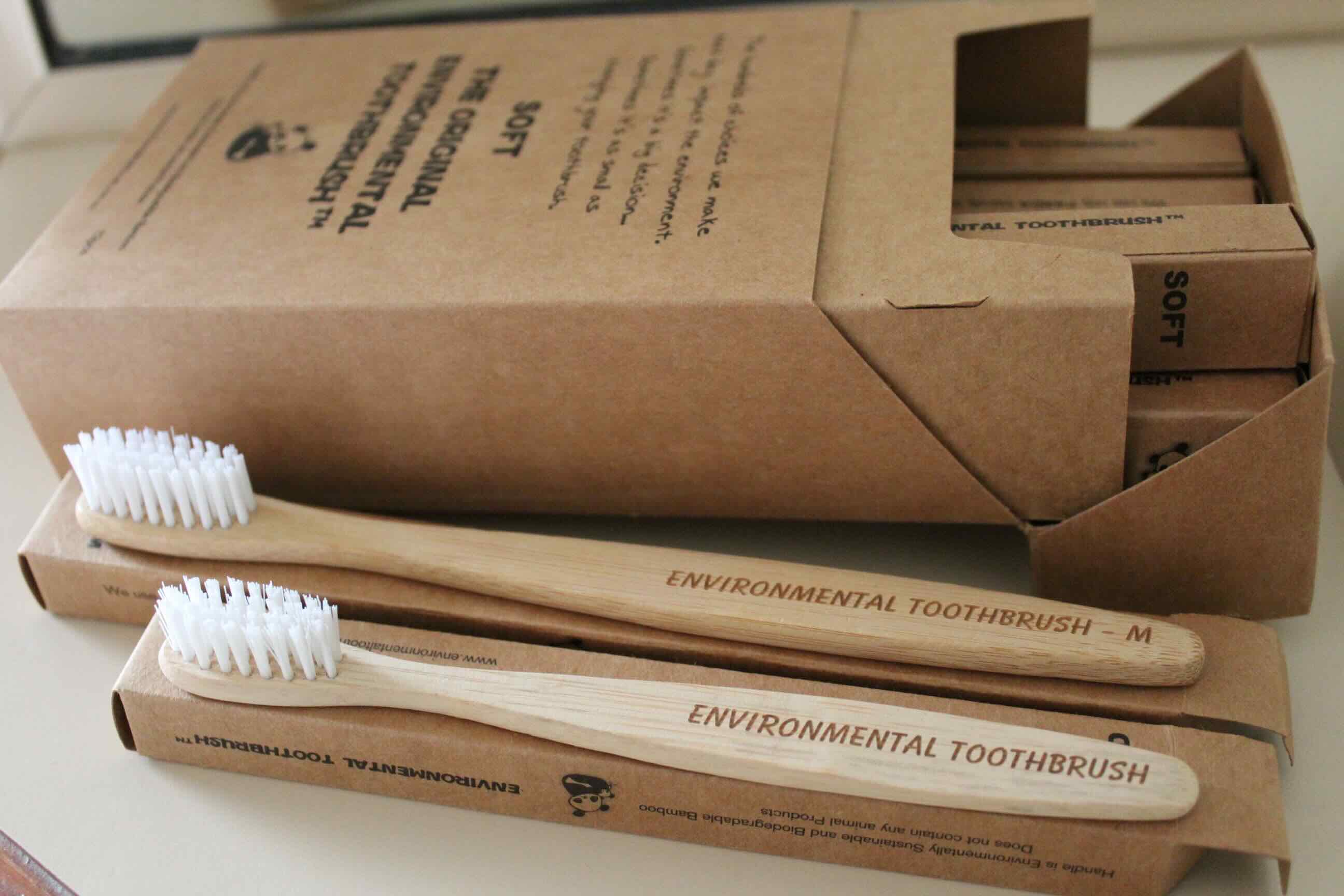


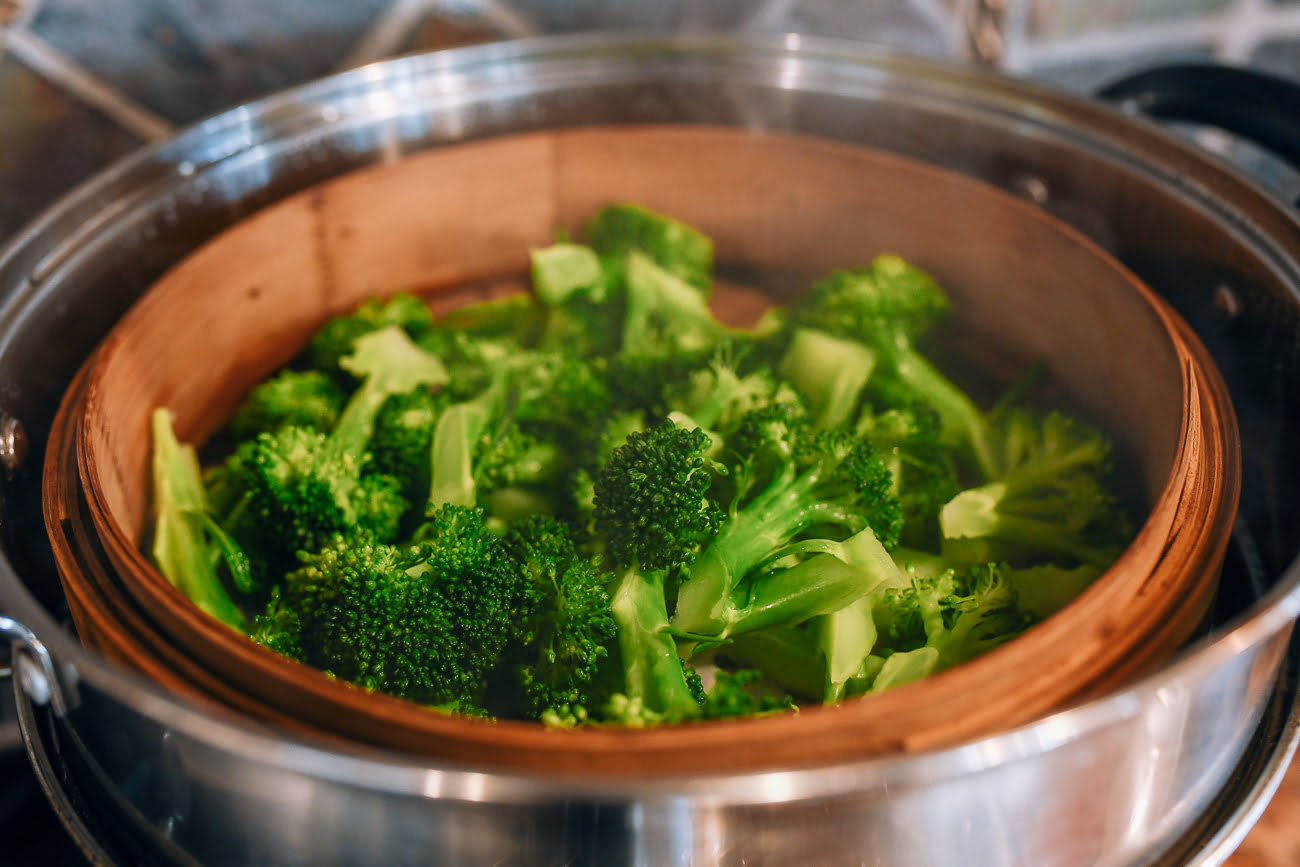

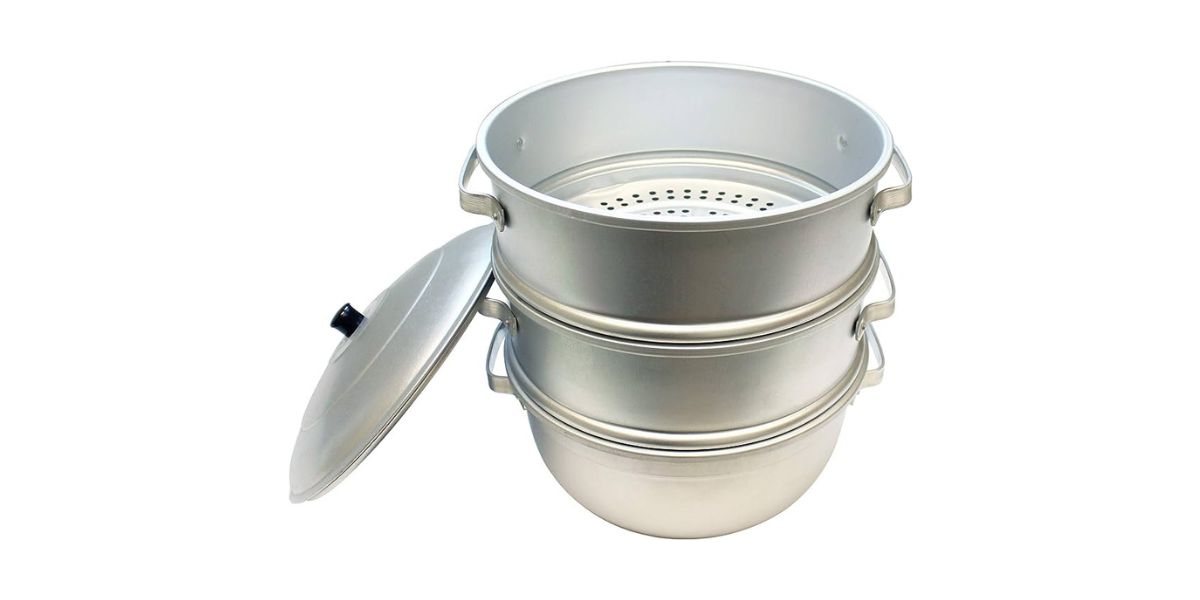

0 thoughts on “How Do You Use A Bamboo Steamer”